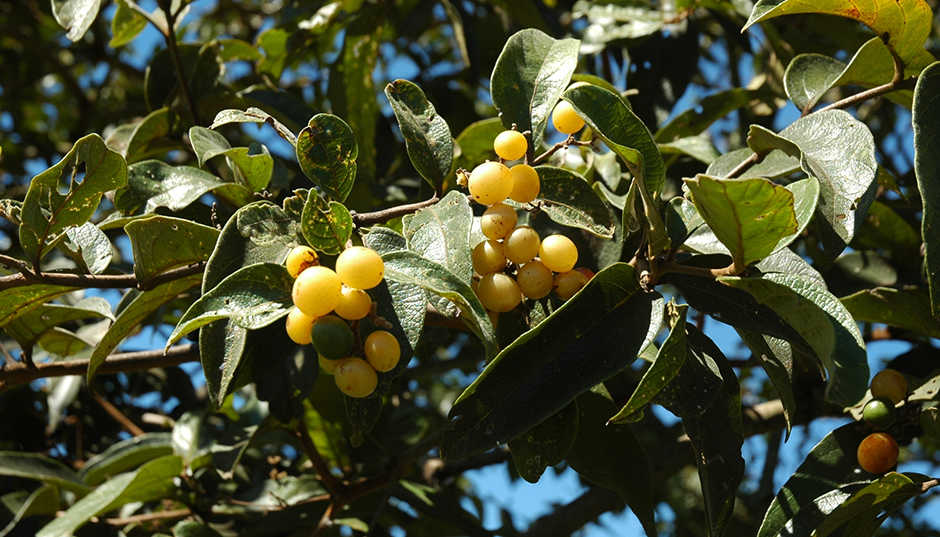Little research has been conducted on Char de Bugre but at present it is known to contain potassium, allantoin (used for topical healing) and allantoic acid (an agent promoting healing of body tissue). The red fruits of Chá de Bugre contain naturally occurring caffeine.
By steeping or soaking leaves, fruit, or bark, tinctures, extracts and teas are made which have been traditionally used to help relieve coughs, regulate renal function and reduce uric acid. Other traditional uses for Char de Bugre are as a stimulant,a cough suppressant, helping to reduce fever and when applied topically as a wound healing agent.
In Brazil, Char de Bugre is sold as a popular weight loss aid because it acts as an appetite suppressant and mild diuretic. It said to help eliminate cellulite, reduce body fat and preserve muscle tissue.Instead of removing a person’s appetite all together it gives the person a sense of being full after eating only a few bites of food. This promotes smaller meals which are eaten more often and many health practitioners believe this is better for sustained weight loss and keeping the metabolism going throughout the day.
Japanese researchers have discovered new uses for Cha de Bugre. They have found its leaf extract has an inhibitory action on the herpes simplex virus (cold sores), and its branch and leaf extract are toxic to cancer cells. Other applications for Cha de Bugre are to treat circulatory problems by toning, balancing and strengthening heart function, and to help treat arthritis, gout, and rheumatism.
Common Name: Cha de Bugre
Botanical Name: Cordia salicifolia
Other Names: Café do Mato or Coffee of the Woods, Porangaba
Growing area: Tropical forests of Brazil, Argentina and Paraguay
